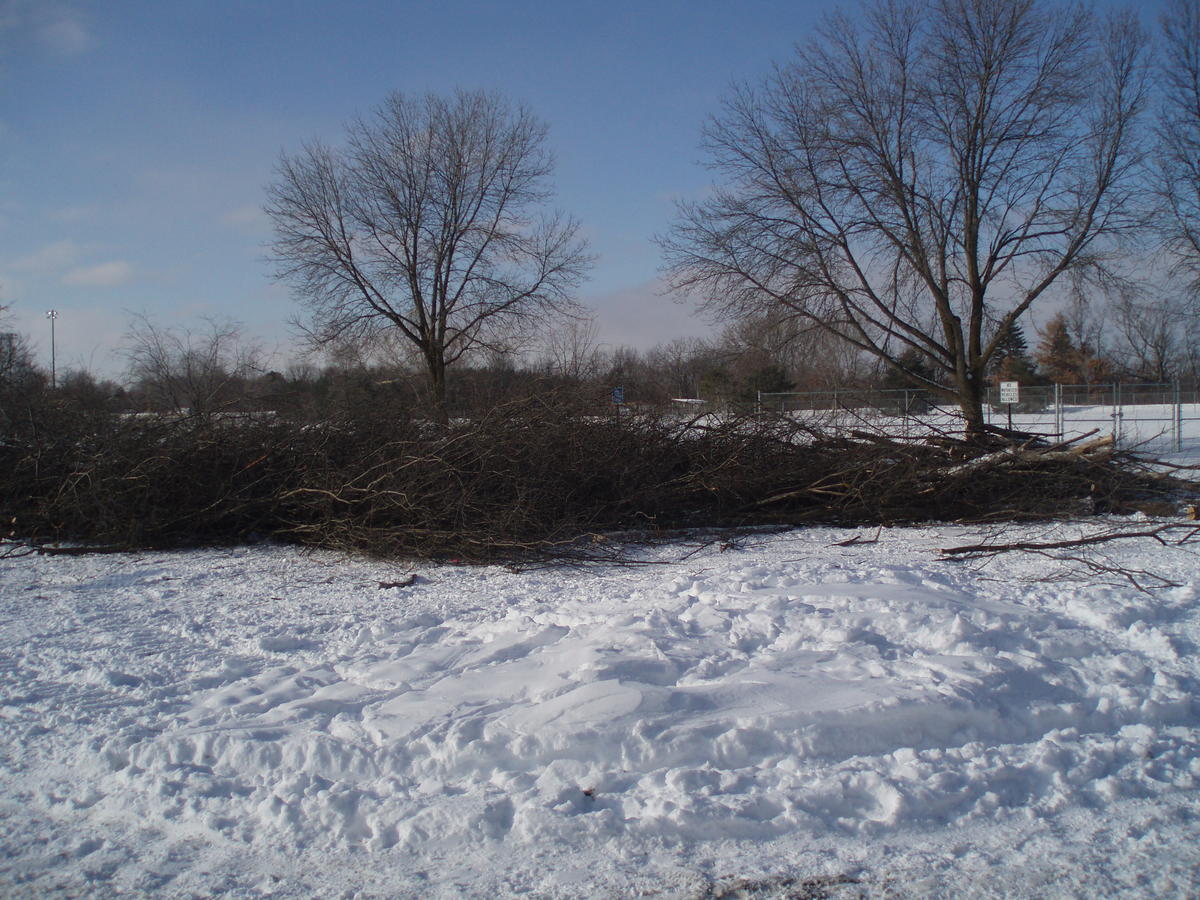Overview
The purpose of the DNR Woody Biomass Project, Linking Habitat Restoration to Bioenergy, is to utilize the conversion of woody biomass to bioenergy to create an economic incentive for the restoration of critical habitats that otherwise may not be restored, as well as to provide a local source of energy to the community. The removal of unwanted woody biomass (both native and non-native) will be performed on a variety of sites with different characteristics and restoration goals, and data will be used to create an information base to be used on future projects of a similar nature. The project was originally funded by a $500,000 legislative grant to the Department of Natural Resources. The DNR was later granted $600,000 from the Minnesota Environment and Natural Resources Trust Fund based on the success of the original project, $300,000 of which was disbursed to non-DNR public and private landowners on a competitive basis.
Sites have been selected within the constraints of a 75-mile distance from Saint Paul, each being ranked according to their ecological value and recovery potential. For practical purposes, the 75-mile radius for woody biomass procurement specified in the legislation will be measured from the Wood Recycling Center at 2165 Pigs Eye Lake Road, St. Paul, where woody material is collected and processed for use by District Energy St. Paul. More than 7,000 acres of potential area has been identified within this area for future woody biomass removal. Of the 15 sites used in the pilot project from 2008 to 2011, two have been selected for the Silviculture Library based on their dominant covertype of oak woodland/forest. This case study outlines the treatments carried out on Alimagnet Park in the city of Burnsville.
Silviculture Objective(s)
Alimagnet Park is designated as a high priority for implementing recommendations outlined in the 2007 Natural Resources Master Plan to restore important natural areas. The goal for Alimagnet Park was red oak-sugar maple-basswood forest restoration given a prolific amount of invasive and undesirable understory species which prohibited regeneration of favored tree species.
Pre-treatment stand description and condition
Stand establishment and management history:
Managed for red oak-sugar maple-basswood forest.
Pre-treatment species composition:
Red oak, sugar maple, basswood, butternut hickory, buckthorn, honeysuckle, mixed shrubs and trees
Pre-treatment forest health issues:
Alimagnet Park has been identified as having a high amount of ecologically inappropriate woody plants, particularly buckthorn. In addition, there is a high deer population. There is no data for the full extent of the deer population yet but observations suggest that even buckthorn is browsed somewhat which suggests there is some food stress for the deer as they generally avoid buckthorn. The wintering area for deer is on the side of Alimagnet park that is owned by the city of Apple Valley which complicates deer management.
Landowner objectives/situation:
Restoration of red oak-sugar maple-basswood forest. Protect and maintain a healthy native forest community. Enhance habitat for native plant and animal species.
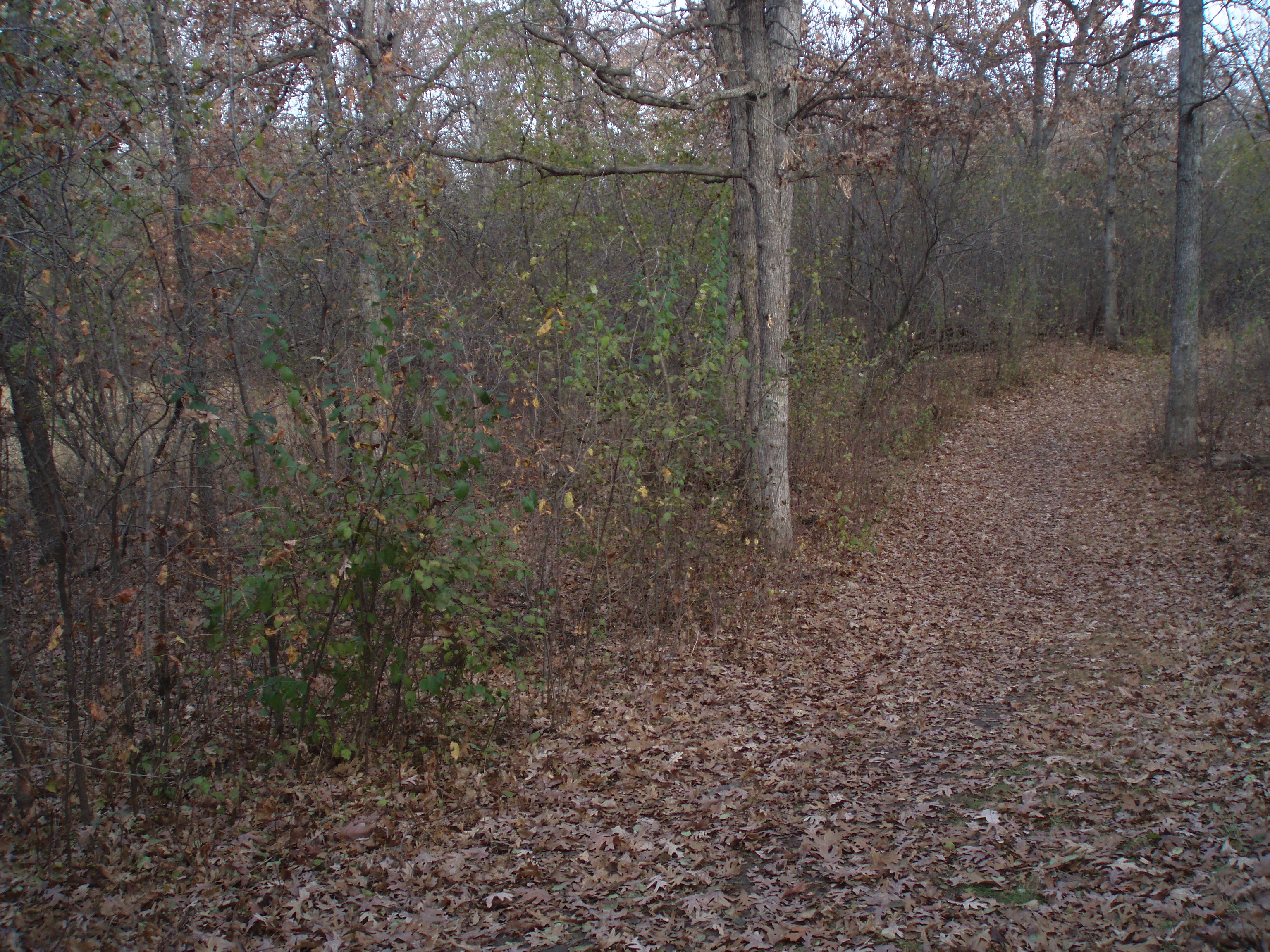
Figure 1: A photopoint prior to the treatment.
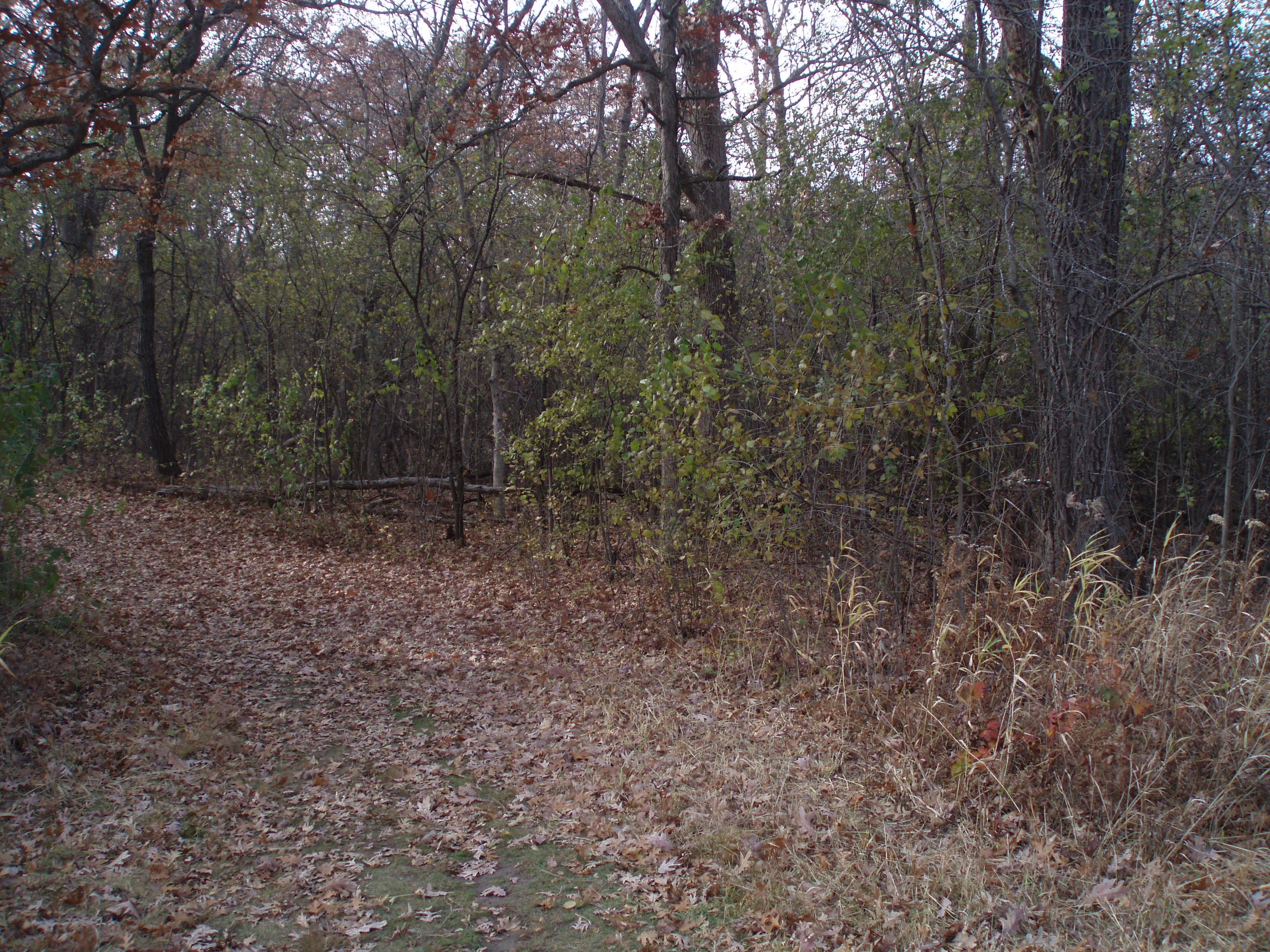
Figure 2: Pre-treatment photopoint.
Silviculture Prescription
Cut, haul, and stage all or nearly all of the invasive and diseased woody material within the harvest area which have stem/trunk diameters larger than 1⁄2 inch or are taller than 4 feet. Stump heights should be as low as practicable, but are not to exceed one-half their diameter in height, except for small brush under two inches in diameter, whose stumps can be left up to four inches. Treat all or nearly all of the cut stumps with an acceptable herbicide labeled for use on woody vegetation. The herbicide must be applied within the first two hours of cutting. The project area contains many steep slope areas. These slopes have the potential to erode severely and shall not be traversed by equipment or vehicles. Hand cutting and hauling must be used in these areas. Equipment and vehicles will not be allowed within 50 feet of wetland perimeters in the harvest area. Harvest on frozen ground using tracked equipment; equipment is limited to a weight of 5 tons.
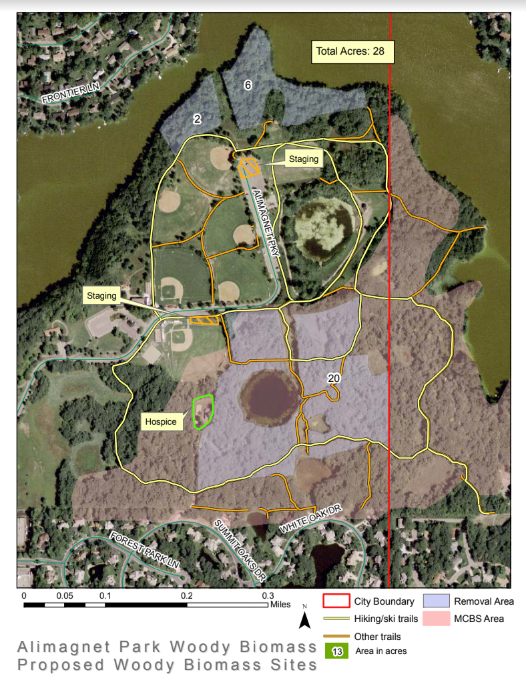
Figure 3: Map of Alimagnet Park harvest operations.
What actually happened during the treatment
The City of Burnsville managed this project, which began in fall 2009 and was completed in January 2010, and contracted with Minnesota Native Landscapes, Inc. The City also utilized Sentencing to Service crews and City Forestry staff to complete the project. All or nearly all of the cut buckthorn stumps were treated with an herbicide, Garlon 4 (20%) in basal oil, to prevent re-sprouting. 131 trees were marked by City staff prior to the project and their removal was considered part of the project work. These trees were primarily elm and oak species which were deemed to be disease vectors by City forestry staff. A few were hazard trees that presented dangers to park visitors. In most cases for tree-sized (>4" DBH) buckthorn a feller-buncher was used and primary transport took place with a grapple skidder.
Biomass volume: 13 loads; 1,040 cy; 260 tons.
Post-treatment assessment
Some oak seedlings were found in the treatment area following the treatment but they were unable to establish due to competition for light. One way to improve the treatment would be to take more buckthorn in order to more aggressively open up growing space. In addition, staff have not seen a great rebound of native plants such as wildflowers and grasses. In hindsight, it probably would have been better to try to seed the area after the original project. The buckthorn hasn't had a ton of competition which has made it hard to control.
On the positive side, a decent amount of native shrubs like nannyberry and dogwood have appeared. There is some regeneration of shade tolerant trees and shrubs such as black cherry and chokecherry.
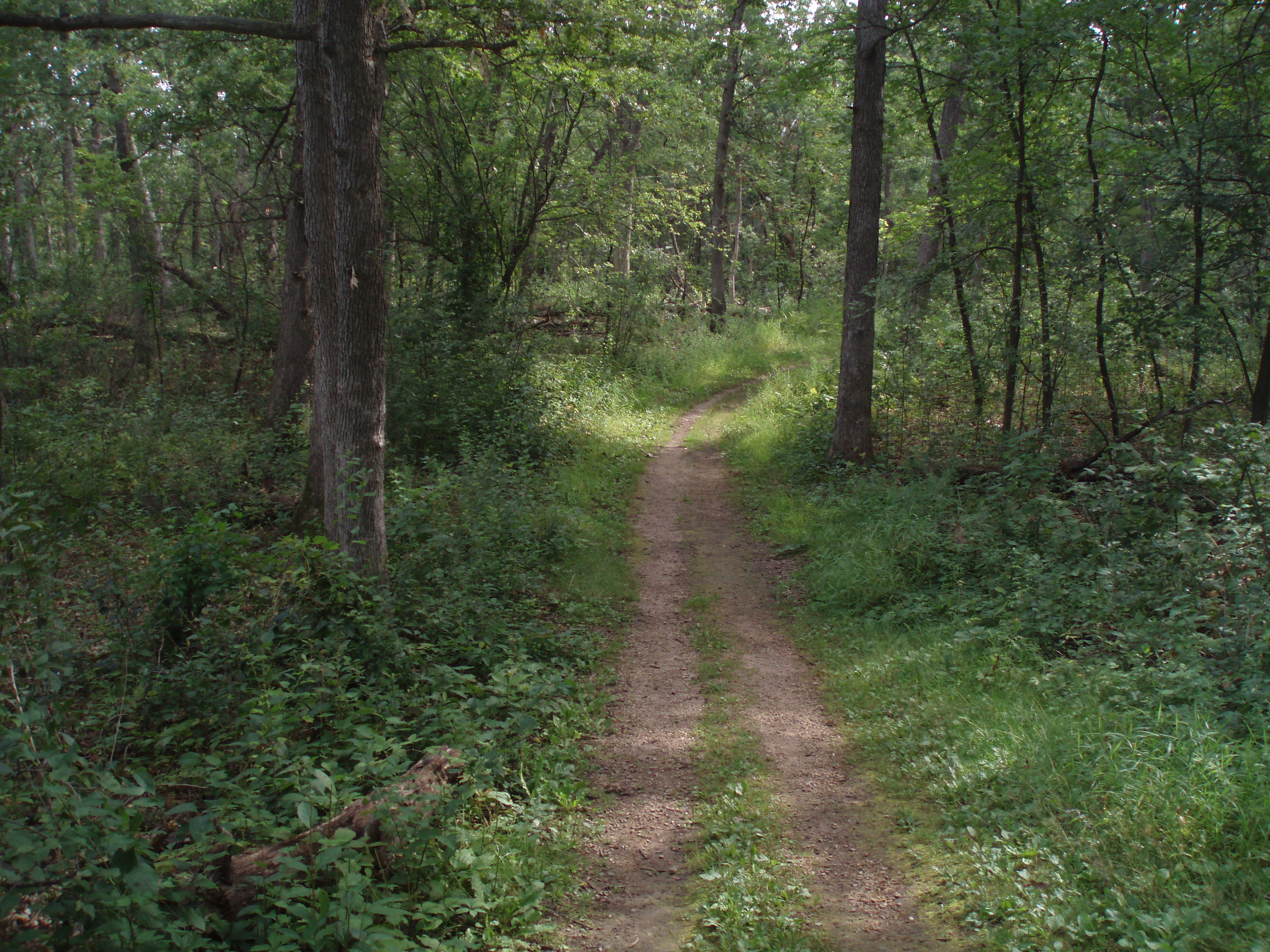
Figure 4: The same spot as figure 1 in the following summer, after the buckthorn and other invasive species removal has been carried out.
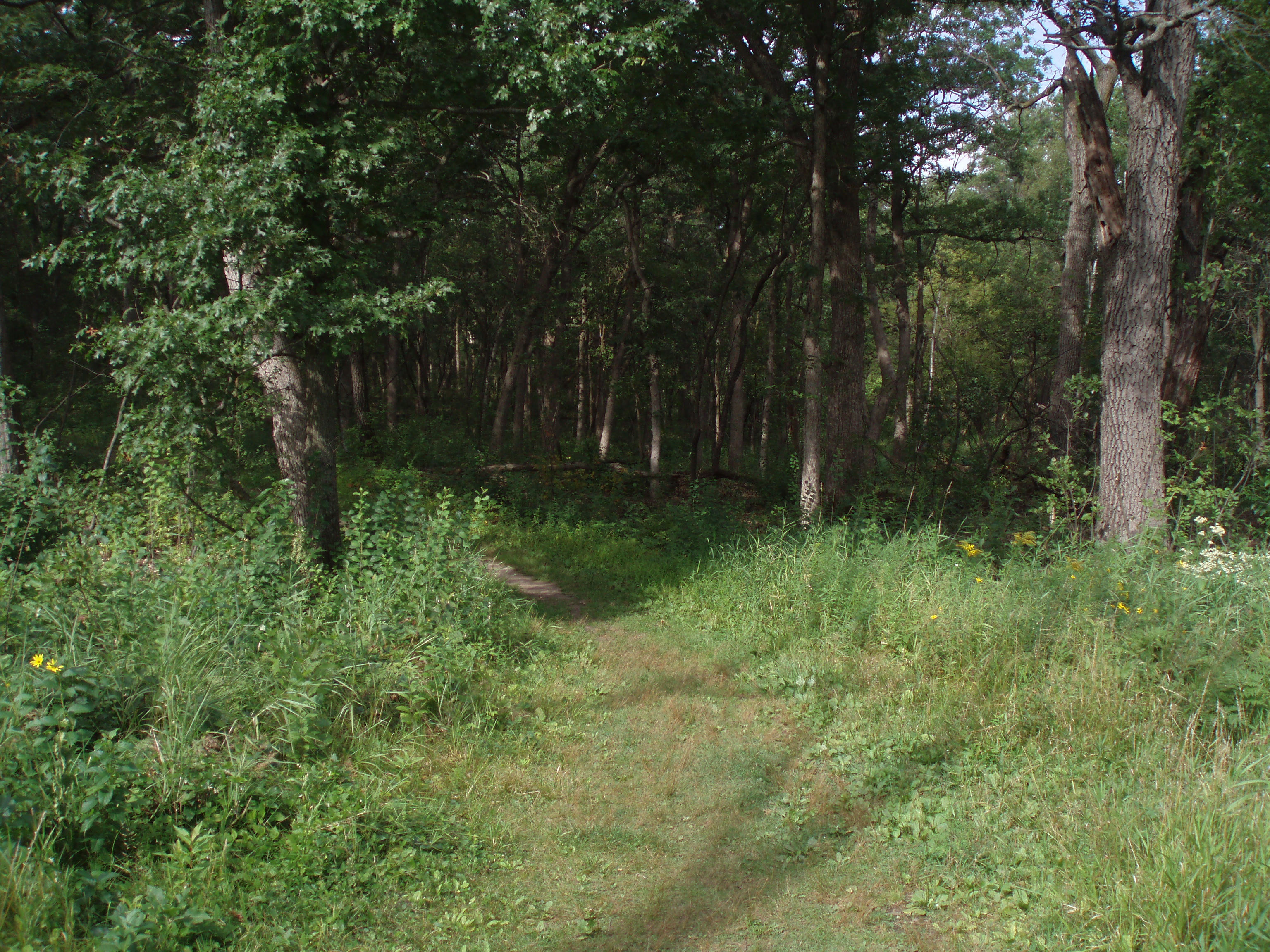
Figure 5: Post-treatment photo in the same area as figure 2 taken the summer following the buckthorn removal.
Plans for future treatments
Following the biomass removal there were 4 years of annual fall foliar treatments on buckthorn. Since then the herbicide application has been more targeted, focusing on denser pockets of buckthorn. Another foliar buckthorn treatment will take place in October 2019 on about 2 acres, again targeting the densest patches. Currently the focus is to use herbicide on the densest patches and potentially "adopt out" less dense patches of buckthorn to have volunteers mechanically remove buckthorn stems in an area. Staff are looking to introduce prescribed burning but it has been challenging because of unfavorable conditions but will try to use fire where there's enough fuel to carry it. Fire is preferred to manage the buckthorn to limit herbicide use in the long run. Efforts to educate residents living adjacent to the park about buckthorn and future prescribed burn activities have been successful.
Desired future conditions for the park are a combination of forbes and grasses in more open areas while other areas have a mix of shrubs and trees. For the overstory, desired species include oak, elm, and black cherry. Current and future management will emphasize controlling garlic mustard, controlling invasives in shady areas, and cutting and treating buckthorn to keep it from taking back over.
Costs and economic considerations
Table 1: Cost data for the initial removal treatment beginning in fall 2009 and ending in January 2010.
| Acres Harvested | Project Funds | Cost per Acre | Tons | Cost per Ton |
| 28 | $37,100 | $1,325 | 260 | $142.69 |
The Department of Natural Resources, Division of Ecological Resources (DNR) received a one-time appropriation of $500,000 from the MN legislature as part of the 2007 environment, natural resources, energy, and commerce finance bill. Citation: Laws of 2007, Chapter 57, Article 2, Sec. 3, subd. 6.
Legal Citation: M.L. 2012, Chap. 272, Sec. 85
Appropriation Language: Laws of Minnesota 2010, Chap. 362, Sec. 2, Subd. 7c as amended by M.L. 2012, Chap. 272, Sec. 85.
$600,000 is from the trust fund to the commissioner of natural resources to restore high quality native habitats and expand market opportunities for using the woody by-product material for bioenergy source or other products.
Other notes
This case study was developed with support from the United States Department of Agriculture's National Institute for Food and Agriculture (USDA-NIFA), Renewable Resources Extension Act (RREA). Project #MIN-44-E02, principal investigator Eli Sagor, University of Minnesota.
Summary / lessons learned / additional thoughts
Overall, this project addresses both the need for restoration of critical habitat and the potential for the use of bioenergy in local communities. Buckthorn will be an ongoing forest health issue and its removal is often necessary for the maintenance and restoration of various habitat types. One benefit of this project was connecting land managers and habitat/ecosystem restoration contractors to energy producers. If biomass must be removed, and if it is viable, it makes more sense to find a productive use for the biomass such as bioenergy than to simply let it go to waste. Hopefully this project sets a precedent for the future by making ecosystem restoration goals more attainable to land managers through the sale of biomass. Continuing to work along the lines of this project toward more financially self-sustaining projects could lead to benefits both in site ecology and in community energy production in Minnesota and elsewhere.
This project also shows that buckthorn management is a constant battle and cannot be accomplished in a single treatment. While the initial treatment was comprehensive, follow-up spot treatments are necessary for the foreseeable future as new seed will continue to come in and if there is a lull in treatments buckthorn may make a resurgence. This requirement for continued management means costs can be prohibitively high but this treatment is viable and effective on high priority sites, restoring this forest covertype to a normal system function.
Submitted by
Caleb Ashling
Mat Lochner
Lane Moser
Lane got his passion for silviculture over the course of achieving his B.S. and M.S. in forestry from the University of Minnesota. He has worked at the Sustainable Forests Education Cooperative since early 2022. Lane is also currently pursuing a PhD at the University of Minnesota; his specialization and research interests include both silviculture and soil health and structure, particularly as they relate to the aspen cover type.
